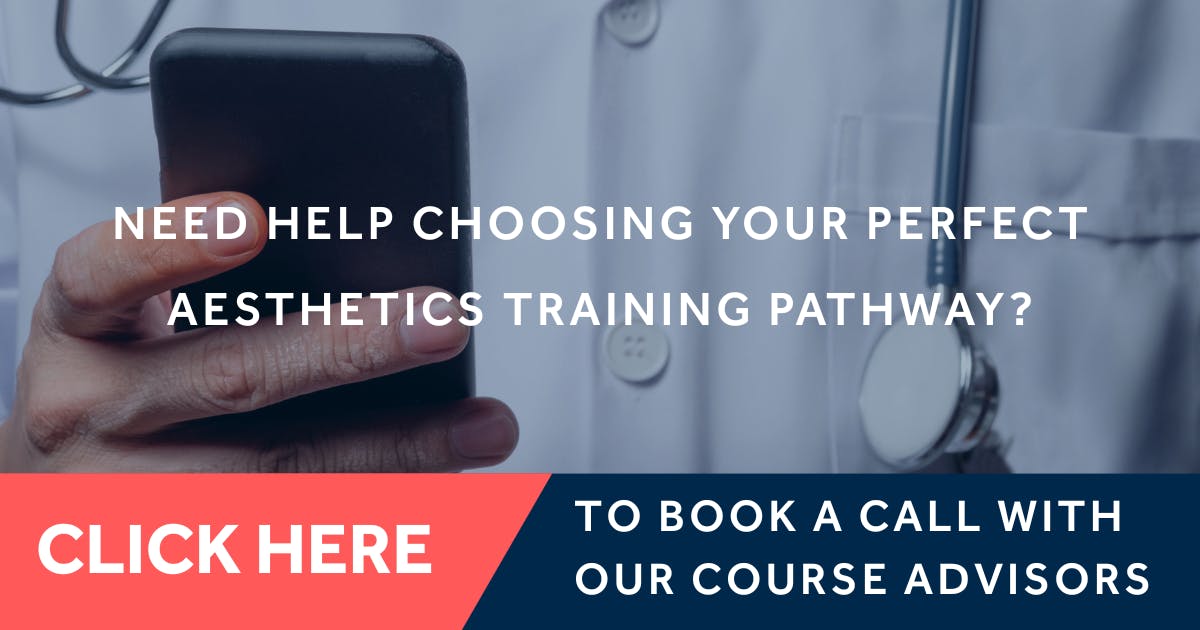3 Signs You’re About to Botch Your Patient’s Botox
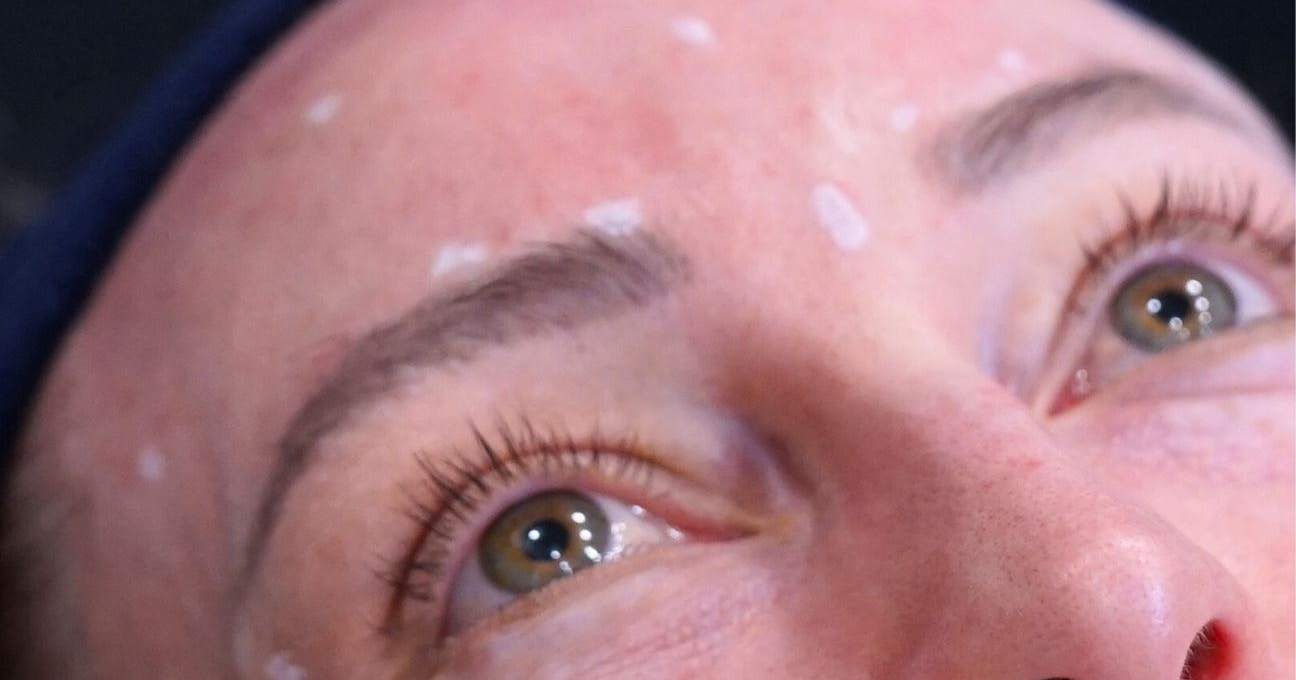
There are ways we can tell you’re about to botch your patient’s botox before you even pick up a syringe. Want to know the telltale signs? Read on…
Poor botox outcomes are bad for business. They negatively impact patient satisfaction and your reputation. Of course, they’re also terrible for your confidence as an aesthetic practitioner.
Did you know that many botched botox results aren’t down to your injection technique? Or at least, not entirely. What do we mean by ‘botched’? Outcomes that are undesirable or don’t meet the patient’s goals, such as:
- Brow ptosis
- Asymmetry
- Causing a spock
- Weak results that have minimal effect
- Delivering a ‘frozen’ forehead to patients who wanted to retain more movement.
Here we explore three common mistakes new clinicians make in the lead up to upper face toxin treatments that can kibosh their outcomes.
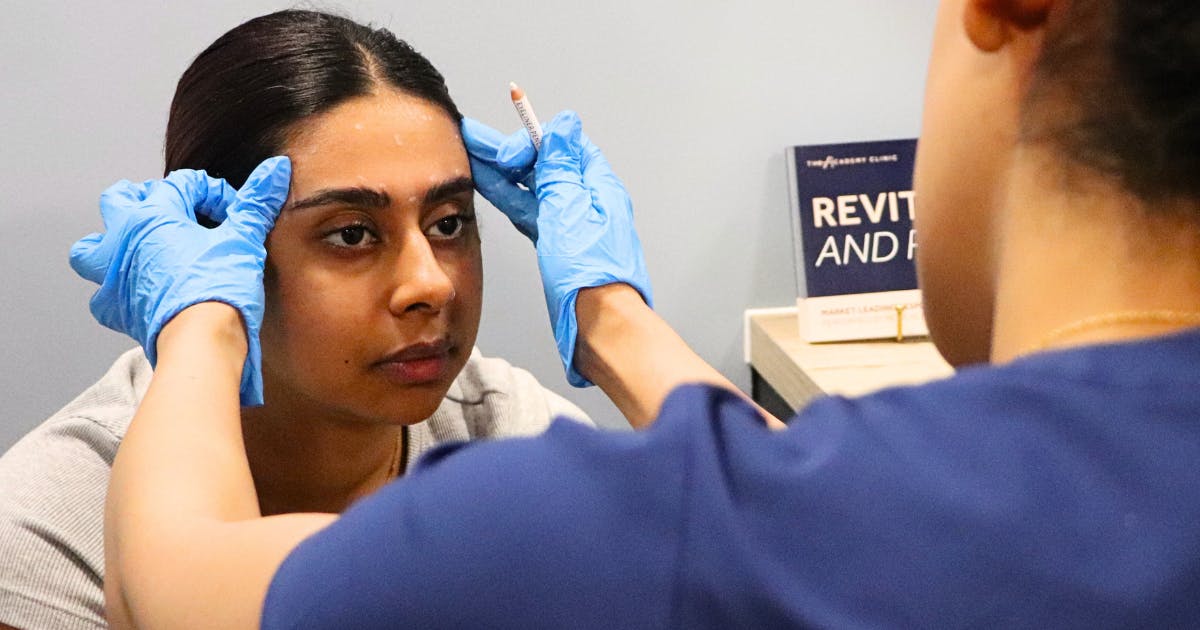
3 ‘botched botox’ warning signs for aesthetic practitioners
If you’re reaching for the syringe but show any of the signs listed below, we already know the outcome is unlikely to be subtle, balanced, or safe. Many upper face toxin mistakes happen before the injections.
Poor planning, weak theory, and a lack of structured understanding contribute to unsatisfactory outcomes. Here are three of the red flags we see in underprepared injectors and how to master these aspects to ensure effective, reproducible results that deliver on your patients’ treatment goals.
1. You haven’t mapped out muscle movement
Without mapping, you’re injecting blindly as every face is different. You can’t assume muscle activity is symmetrical. Without dedicated observation, you’ll miss dominant sides and overactive zones. Treating based on static anatomy alone increases the risk of over-relaxation which often leads to unwanted heaviness or poor aesthetic outcomes.These include uneven or asymmetric results.
You need to map out the muscle movement for each patient to inform your dosing and placement for their unique case. Toxin requires a personalised approach based on each patient’s individual anatomy and muscle strength.
How to fix it: Ask the patient to animate. You need to observe the frontalis, glabella and crow’s feet in motion before marking injection points. To achieve this, ask your patient to do the following and observe as they do:
- Frown as hard as they can
- Raise their brows as high as possible
- Give a big smile or squint.
As they do this, look for patterns of movement, not just lines, to help you place your toxin precisely.
2. You don’t understand how the frontalis interacts with the depressors
This gap in your facial anatomy intel means you risk dropping the brow or causing a flat, heavy forehead.
The frontalis lifts the brow while the glabellar complex and orbicularis oculi pull it down. These muscles work together in dynamic balance. Treating one group without considering the other can cause unwanted effects such as brow ptosis or central heaviness.
If you relax the frontalis too much, the depressors can dominate, which may result in a heavy, tired-looking upper face.
How to fix it: Deepen your knowledge of facial anatomy by studying how the frontalis balances the glabellar complex. Use this information to ensure you’re treating holistically, rather than each area in isolation. Remember also to treat the frontalis with caution. Always assessing and, when needed, treating the glabella to balance downward pull.
3. You’re not confident with dosing or injection depths
In the upper face, small errors in dose or depth can make a big difference to your botox treatments. Toxin must reach the correct plane, and incorrect depth or dose can cause resistance, poor effect, or complications.
Injecting too deep risks diffusion to unintended areas. Conversely, injecting too superficially can result in poor uptake and uneven results.
Without confidence in dosing, you may under-treat or over-treat. Both will negatively impact patient satisfaction and trust.
How to fix it: Learn the anatomy layer by layer. Understand botulinum toxin dilution, dose ranges and the rationale behind every placement. Master the standard dose ranges for your choice of neurotoxin, then tailor them to each patient’s movement and muscle strength. If you’re always conscious of adjusting based on their anatomy and clinical goals, you’re more likely to obtain effective, pleasing outcomes.
All of these skills are taught from the outset of our certified filler and botox course, the Foundation Training in Medical Aesthetics.
This starter course is available to take on its own, or as part of our Ofqual-regulated, JCCP-approved qualification, the Level 7 Diploma in Cosmetic Injectables. If you’re unsure if aesthetic medicine is for you, if you take our Foundation course and get bitten by the bug, you can always upgrade to the full Level 7.
Botched botox is bad for business
We’ve written extensively on how new clinicians often start their aesthetic journey by offering upper face toxin treatments. The standard ‘three areas’ are relatively simple to learn, straightforward to administer and, as long as you have a thorough understanding of anatomy, the risks should be fairly minimal.
These factors, plus the healthy treatment mark-up, make toxin a clear choice for new injectors trying to attract patients. But if you’re offering a limited service menu, you need to ensure you’re really delivering with what you provide.
What you’re aiming to achieve are personalised treatments, properly administered that meet your patients goals. Whilst elements such as your surroundings, communication and pricing, all play a part, their results and how you made them feel are what patients will remember the most.
This makes botox an easy way to build your credibility, and patient trust. In turn, this can lead to the valuable word-of-mouth referrals and online reviews that generate busy client lists.
‘Botched’ botox on the other hand can harm your reputation before you’re even properly established. It may seem obvious but, whether it’s poor outcomes, a misunderstanding of the patient’s goals, or mismanagement of any concerns or complications, word-of-mouth works both ways. It can be great for referrals, but news of bad botox can spread just as quickly.
You put so much time, effort and money into establishing yourself as a medical aesthetics practitioner, don’t risk not doing things properly.
How to improve your toxin treatment techniques
Many new healthcare professionals getting started in aesthetics believe that learning how to inject botox and fillers is the ‘be all and end all’. This is categorically untrue.
We’ve written about this extensively in our article How to Tell if You’re Ready for Practical Aesthetics Training. Before you can start your hands-on mentoring, you need to establish a solid foundation upon which to build.
A good, evidence-based, theoretical grounding protects both you and your patient. It also gives you the confidence of knowing you’re upholding professional standards.
Knowledge every aesthetic practitioner needs to develop
The best botox treatment techniques come from a thorough understanding of:
- Facial anatomy, especially high risk zones, where muscles originate, insert, and act, plus major blood vessels and nerves. This knowledge will guide your injection points with precision whilst helping you to prevent complications
- The clinical consultation. The importance of getting to the heart of what your patient hopes to achieve and why they want this treatment cannot be overstated. Ensuring patient suitability and realistic goals is paramount to a successful outcome. Managing patient expectations is a soft skill, but a crucial one that your theory learning helps you to develop. You’ll be able to explain realistic outcomes, discuss the limits of their treatment and answer their questions, allowing you to build trust with your patients
- The science of facial ageing. How do muscles and skin quality change over time? This informs your treatment planning
- Optimal patient assessment techniques. These are paramount for understanding your patients’ individual facial movements. You must know how to observe their expressions at rest and in motion to reveal their unique muscle patterns
- Botulinum toxin pharmacology. Learn about the strengths and weaknesses of the different formulations available. Know the preparation required and their unit equivalencies for accurate dosing. Understand your neurotoxin’s mechanism of action thoroughly so you can be mindful of its diffusion characteristics. This helps you to predict how it will spread
- Injection techniques. Understanding the theory of the best ways to inject toxin, based on the treatment area and anatomical variations, is the best way to prepare for your practical botox training
- Potential side effects and aftercare advice. From minor bruising to eyelid ptosis, knowing what could happen helps you manage your patients’ expectations effectively. It also guides your post-treatment care.
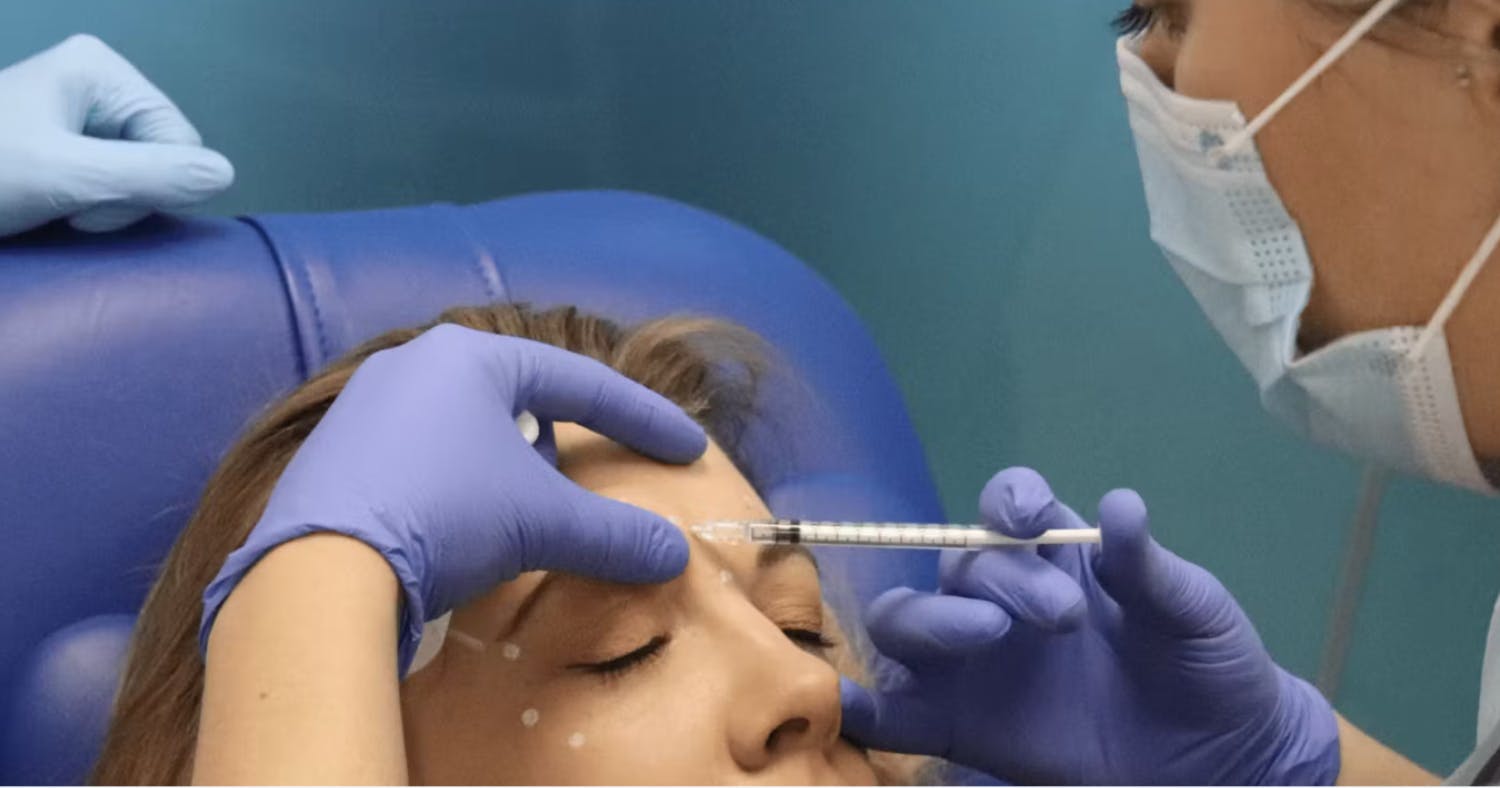
The practical skills that will elevate your botox treatments
As a novice, once you’re confident in your underlying knowledge, you can bring this to life through hands-on practical aesthetics training. At first you’ll be treating mannequins, to refine your skills before you treat your first live patient. However, always treat your mannequin practice just as you would a real patient, for a more authentic, useful learning experience.
During your practical sessions, you should concentrate on:
- Putting your theory skills into practice. Facial anatomy, consulting and assessing your patient, treatment planning, reconstituting, dosing, mapping your injection points, knowing where to inject and place the product and how. Roll those theory skills out and see what it’s like in reality!
- Learning how things feel. Although you know how to inject, what you don’t fully appreciate yet is how it feels. The practical elements of your botox course will help you to develop a well-rounded understanding of treatment administration. You’ll get to know when you’re in the right depth, versus too superficial or too deep
- Listening to your real-time feedback. With both a patient and a mentor there, you’ll receive feedback in the moment. This is an invaluable learning mechanism that allows you the opportunity to develop your dynamic clinical skills. From adjusting your technique to addressing patient concerns, being able to tackle these in the moment will help best practice to become muscle memory.
If you’re not a beginner, refreshing your skills regularly with annual aesthetics courses is incredibly useful. This is something even aesthetics experts regularly undertake as part of their own professional development, and highly recommend.
Not only does this provide you with a chance to update your techniques and stay at the forefront of safe aesthetic practice. It also provides new opportunities for extended learning, professional feedback and peer networking.
In either case, after each session, remember to make notes and reflect on your cases. Some questions to consider include:
- What went well and what could have been improved?
- Did anything differ substantially during live practice from what you expected based on theory?
- What concerns did your patient have that you may not have anticipated?
- Did your mentor provide any specific guidance you need to ensure you remember for next time?
- How was your manual dexterity? Is this something you need to work on?
Being able to interrogate both your knowledge and its practical application will allow you to identify any gaps.
Whilst no one botches a patient’s botox on purpose, you can - and should - be able to minimise the risk of this happening. By committing to deep theoretical knowledge, extensive mentored hands-on practice, and continuous reflective learning, you'll become a safer, more skilled, and ultimately more trusted aesthetic practitioner. And that’s exactly the type of clinician patients seeking high-quality care are looking for.
All information correct at time of publication
Download our full prospectus
Browse all our injectables, dermal fillers and cosmetic dermatology courses in one document
By submitting this form, you agree to receive marketing about our products, events, promotions and exclusive content. Consent is not a condition of purchase, and no purchase is necessary. Message frequency varies. View our Privacy Policy and Terms & Conditions
Attend our FREE open evening
If you're not sure which course is right for you, let us help
Join us online or in-person at our free open evening to learn more
Our Partners
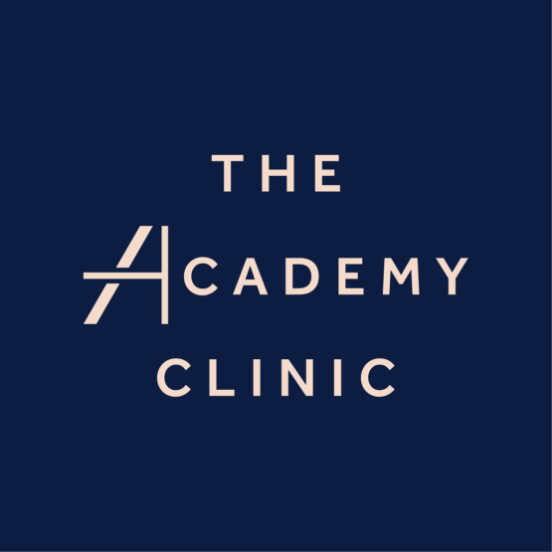

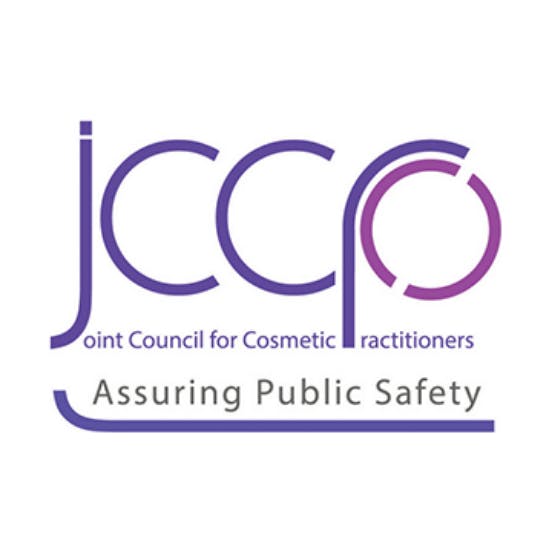
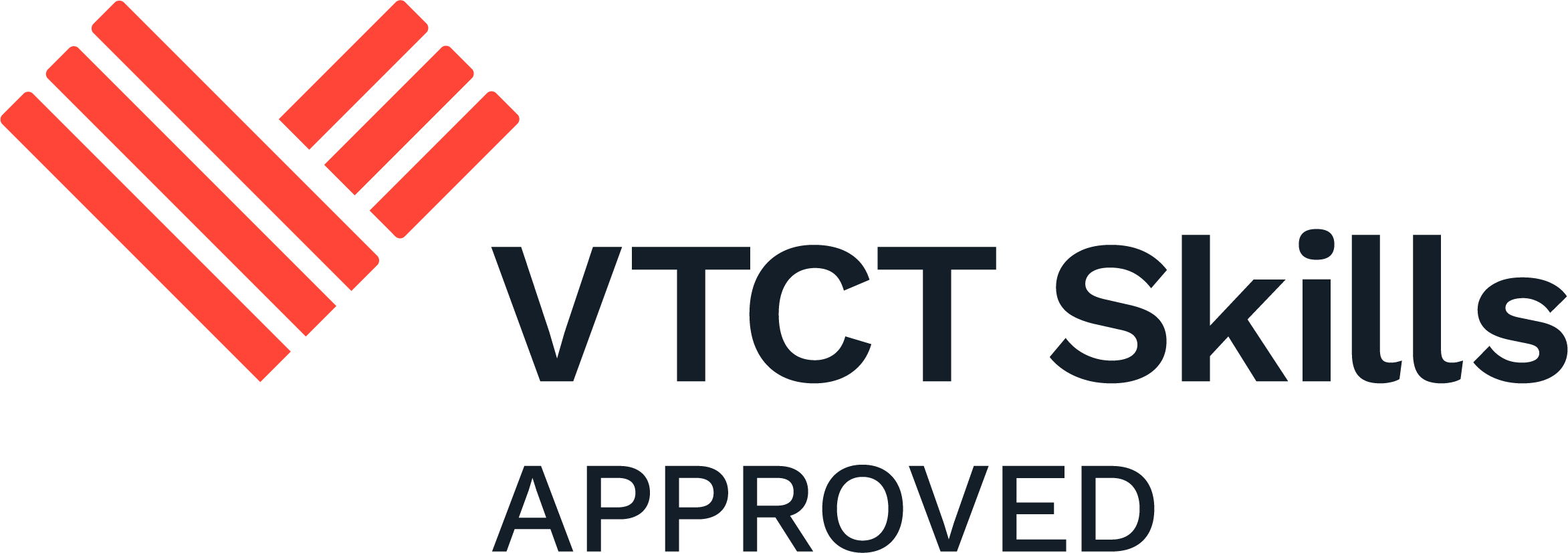

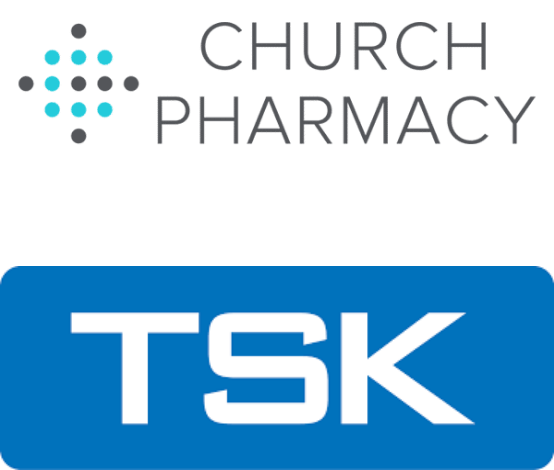
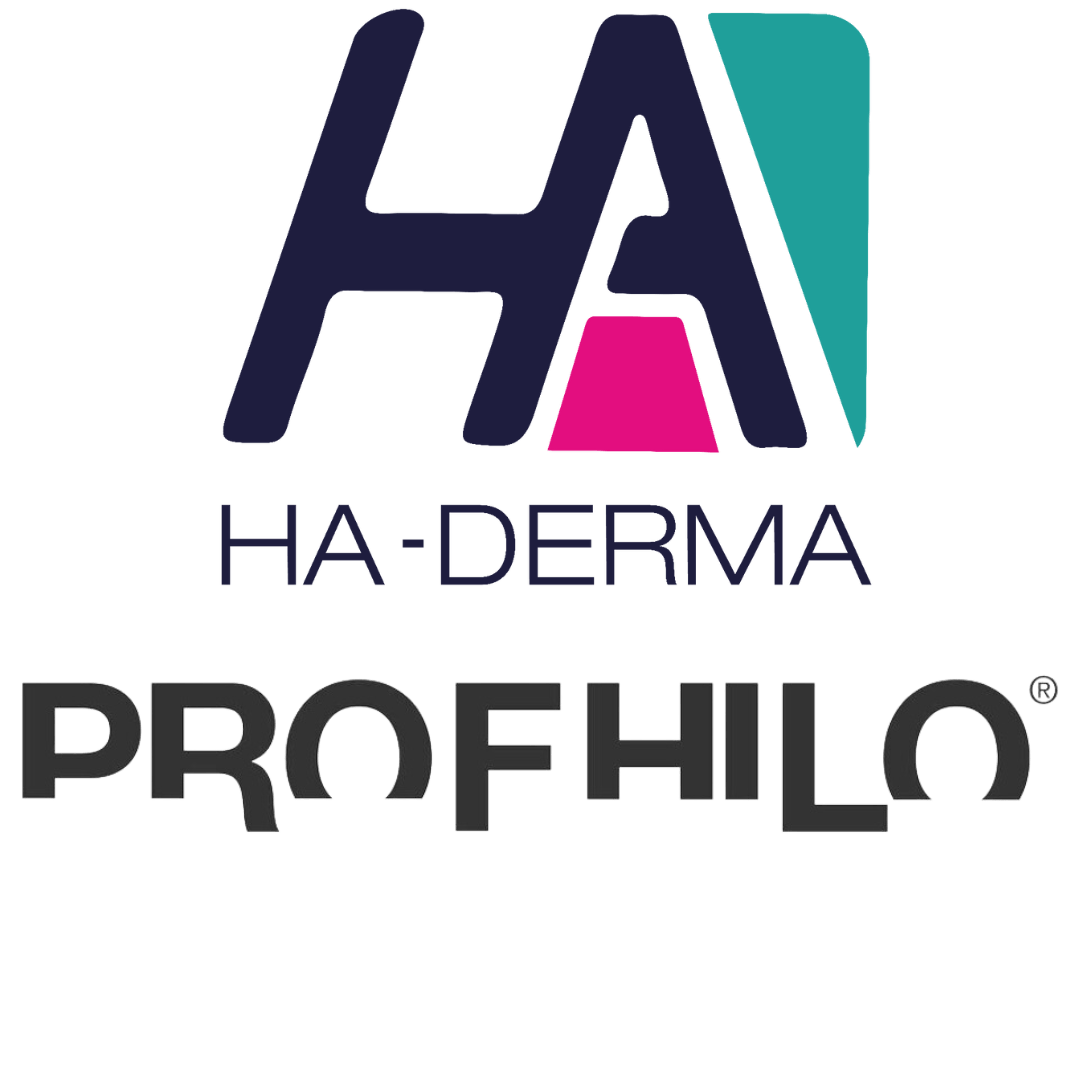
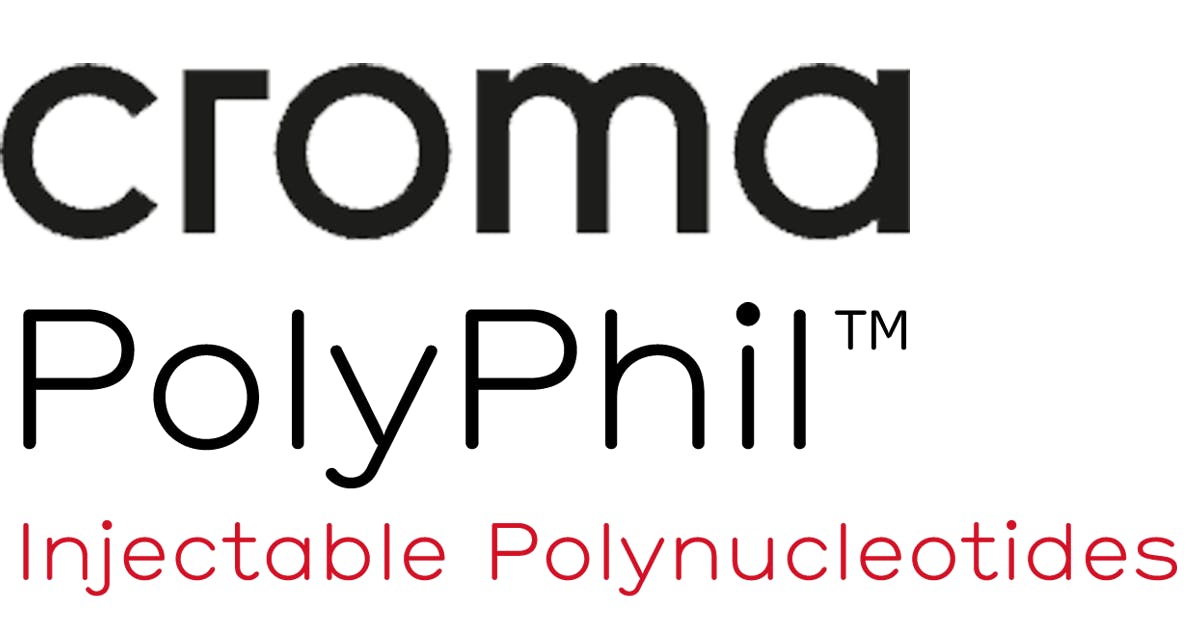
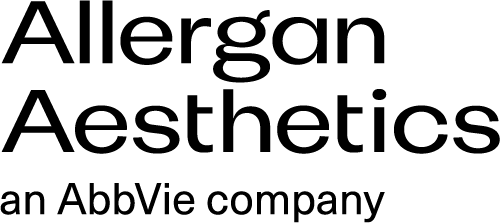


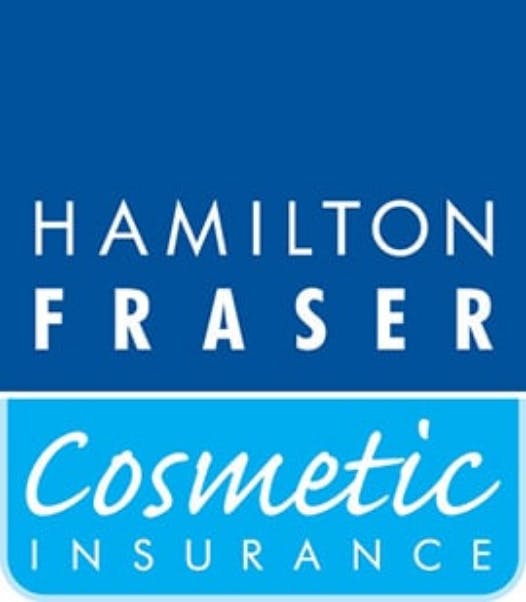
STAY INFORMED
Sign up to receive industry news, careers advice, special offers and information on Harley Academy courses and services


